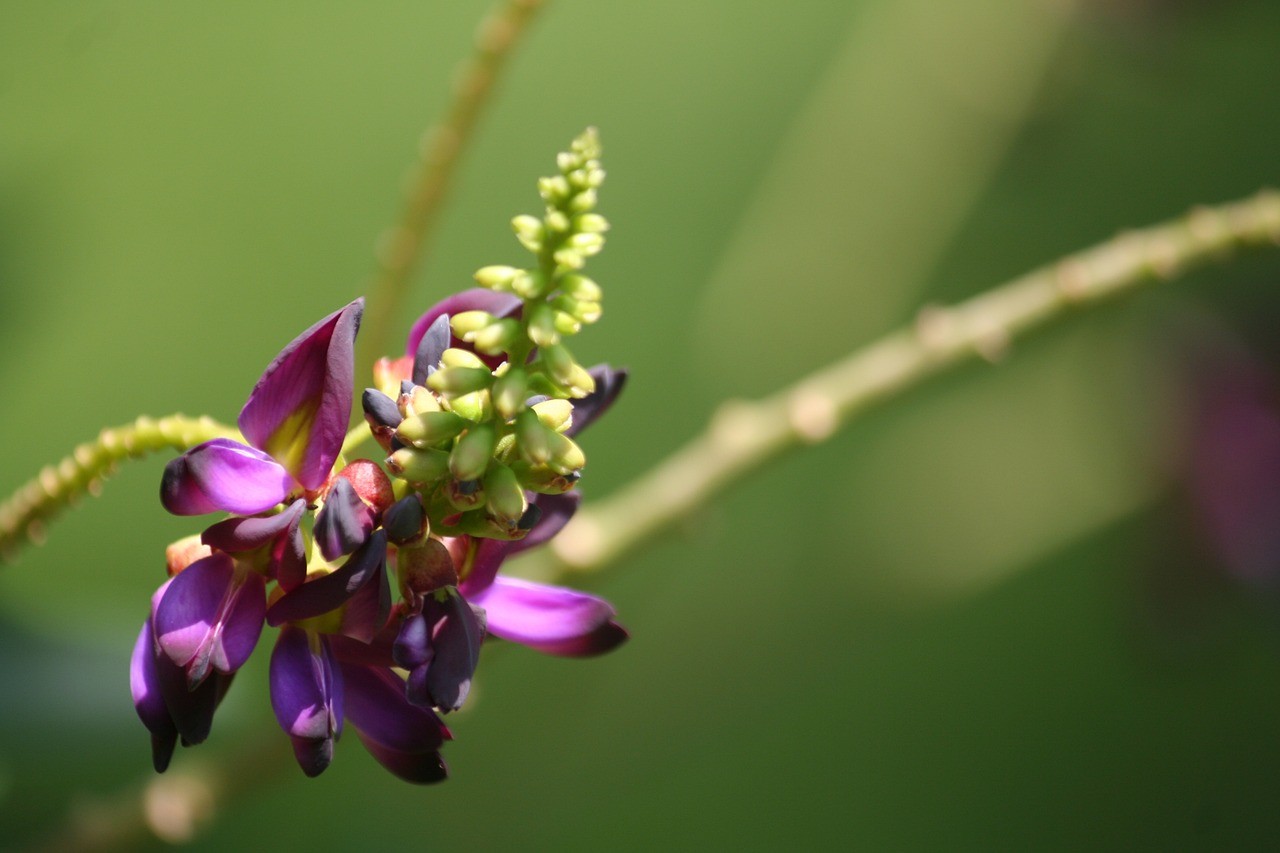Grow Edible Flowers With These Easy Tips
Updated on
November 8, 2023

Growing Edible Flowers
If you are looking to add a vibrant, edible touch to your garden, then look no further than growing edible flowers. From blending their colours among vegetables and herbs to adding their seasonal flavours to salads, desserts, and other recipes, the possibilities are endless when it comes to cooking with them. In this post, you will learn some easy and fun ways to grow edible flowers in your garden.
Follow us to keep learning!
ACTIONABLE CHEATSHEET:
Choosing the Right Varieties
🌼 Pick colorful and flavorful flowers like marigolds and pansies.
🌿 Opt for organic and untreated seeds or plants.
Proper Soil and Sunlight
🌱 Provide well-drained soil with a pH between 6.0 and 7.0.
☀️ Plant in an area with at least 6 hours of direct sunlight.
Watering and Fertilizing
💧 Water consistently, aiming for moist soil (not saturated).
🌿 Avoid over-fertilizing as it can reduce flower quality.
Harvesting and Preserving
✂️ Harvest flowers when they are fully open but not wilting.
🌸 Store in airtight containers lined with damp paper towels.
Edible Flower Ideas
🍳 Add nasturtium blooms to salads, omelets, or pasta dishes.
🍵 Brew chamomile flowers into a soothing aromatic tea.
Health Benefits
💪 Edible flowers are rich in antioxidants and vitamins.
🌿 Enhance a balanced diet and support overall well-being.
When it comes to gardening, there's something truly magical about growing edible flowers. They not only add beauty to your garden but also provide a delicious and unique twist to your dishes. And the best part? They are surprisingly easy to grow! As an experienced gardener, I have had my fair share of successes and failures, so I'm here to share my top tips for growing edible flowers.
1. Choose the right flowers
While almost all flowers are technically edible, not all of them taste great or are safe to consume. That's why it's important to choose your flowers wisely. Some popular options that are both tasty and safe to eat include nasturtiums, pansies, calendula, and borage. Make sure to avoid flowers that have been treated with pesticides or chemicals.
2. Start from seeds or seedlings
Once you've selected your desired edible flowers, it's time to get planting! You can either start from seeds or purchase seedlings from a local nursery. Starting from seeds gives you the advantage of a wider variety to choose from, but it does require a bit more patience. If you're eager to see results sooner, go for seedlings.
3. Provide the right growing conditions
Just like any other plant, edible flowers have specific growing requirements. Most of them thrive in well-draining soil and full sun, although some varieties can tolerate partial shade. Make sure to give them enough space to spread out and grow. Regular watering is essential, but be careful not to overwater as it can lead to rot.
4. Harvest with care
When it's finally time to enjoy the fruits of your labor, remember to harvest your edible flowers with care. The best time to pick them is in the morning when they are at their freshest. Gently remove the petals or entire flowers, depending on the type, and handle them delicately to avoid bruising. Enjoy them in salads, desserts, or as a garnish to add a pop of color and flavor.
Did you know that edible flowers have been used in cooking for centuries? Back in ancient times, they were not only a source of nutrition but also believed to have medicinal properties.
5. Experiment and have fun
One of the joys of growing edible flowers is the opportunity to get creative in the kitchen. Experiment with different combinations and flavors to find your favorites. Edible flowers make a beautiful addition to cocktails, infused oils, and even ice cubes. Let your imagination run wild and have fun exploring the wonderful world of edible flowers!
In conclusion, growing edible flowers is a delightful journey that combines beauty and taste. With the right flowers, proper care, and a sprinkle of creativity, you'll be able to enjoy a vibrant and flavorful garden all season long. Happy gardening!
Frequently Asked Questions
1. Which flowers are edible?
Examples of edible flowers include roses, lavender, marigolds, and pansies.
2. Can all flowers be eaten?
Not all flowers are safe for consumption. Make sure to research before consuming any flower.
3. How do I grow edible flowers?
To grow edible flowers, plant the seeds in well-drained soil and provide adequate sunlight and water.
4. When is the best time to plant edible flowers?
The ideal time to plant edible flowers is during the early spring or fall seasons.
5. How long does it take to grow edible flowers?
The growth time for edible flowers varies depending on the specific type, but generally ranges from a few weeks to a few months.
6. Can edible flowers be grown indoors?
Yes, edible flowers can be grown indoors in pots or containers, as long as they receive sufficient sunlight.
7. Are there any specific care requirements for edible flowers?
Regular watering, proper fertilization, and pest control are important aspects of caring for edible flowers.
8. How do I harvest edible flowers?
Harvest edible flowers when they are fully bloomed by gently removing the petals from the plant.
9. How can I use edible flowers in cooking?
Edible flowers add flavor and visual appeal to various dishes such as salads, desserts, and beverages.
Growing edible flowers is a great way to add a special, colorful twist to any meal, along with some extra nutrition. Not only can you enjoy the sight of their beauty amongst the garden, but you can also appreciate the delicious flavors that they add to each culinary dish. Plus, it's a fun and rewarding experience to watch them grow and then be able to enjoy the fruits of your labor!





